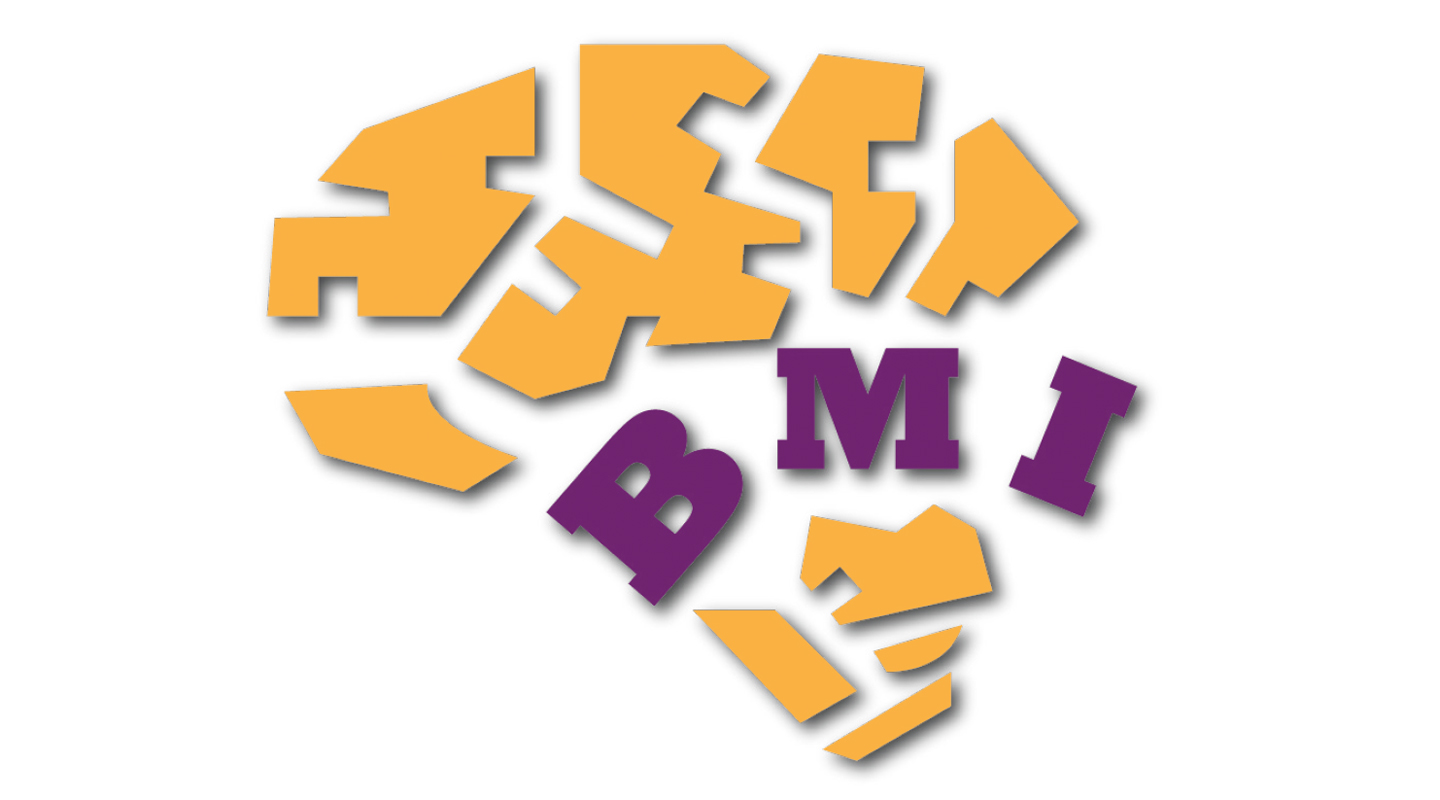Dear readers, With the launch of e-newsletter CUHK in Focus, CUHKUPDates has retired and this site will no longer be updated. To stay abreast of the University’s latest news, please go to https://focus.cuhk.edu.hk. Thank you.
The Three-Pound Universe: Brain and Mind Institute

The human brain is a puzzling, yet fascinating organ. At roughly three pounds, it contains about 100 billion neurons and more connections than the number of galaxies in the universe. It is the command centre of all we think, feel and do. As scientists continue mapping the brain, we are gaining more insight into which parts control the necessary functions. Such information is crucial to advancing research into brain diseases and cognitive disorders, and how to recover from them. The Brain and Mind Institute of CUHK is among the driving forces behind this progress with a vision to solve complex riddles concerning language, cognition, learning and their neural underpinnings.
The logo of the Institute is a stylized left side view of the human brain. The irregular golden segments bring to mind the puzzle pieces, reflecting the mystery and endless possibilities of the human brain. The different shapes of the pieces also symbolize the various parts of the brain with specialized functions.
The initials ‘BMI’ in bold, purple letters traverse the golden continent. According to Mr. Kinson Lee, designer of the logo and also an officer in the Department of Linguistics and Modern Languages, the positions of the letters B and M allude loosely to the brain’s Broca’s and Wernicke’s areas which are considered vital for human communication.
In the middle of the 19th century, French physician Paul Broca examined patients with great difficulty in speaking, and discovered areas of the brain responsible for coordinating muscle movements needed for speech. Ten years later, a German scientist called Carl Wernicke discovered another area of the brain involved in speech comprehension. People with damage to this area speak grammatically but the words make little sense. Broca and Wernicke were among the first to identify specific areas of the brain concerned with language.
One and a half century on, in a recent study conducted by the Brain and Mind Institute, researchers created a machine learning algorithm that uses brain scans to predict future language development in children and to identify developmental disorders before they even surface. This has enormous implications in the realm of cognitive neuroscience, and is another big leap towards understanding and tapping the great mysteries of the three-pound universe we carry between our ears.
Christine N.
This article was originally published in No. 513, Newsletter in Mar 2018.